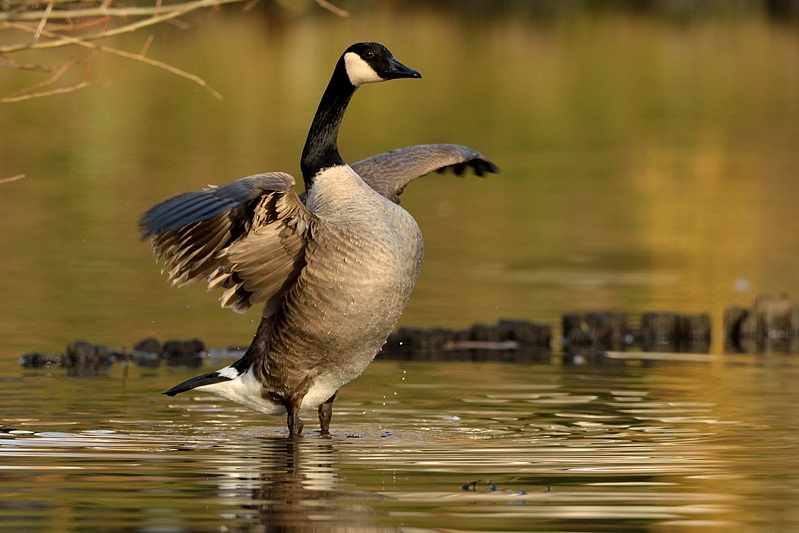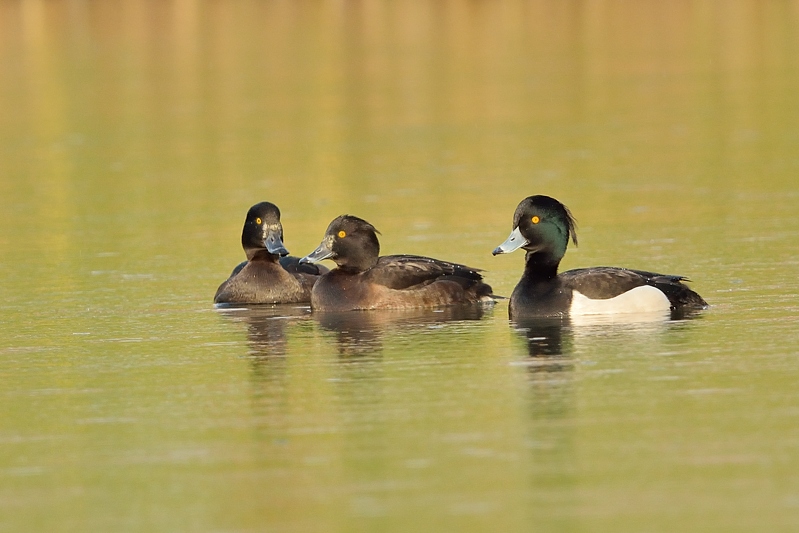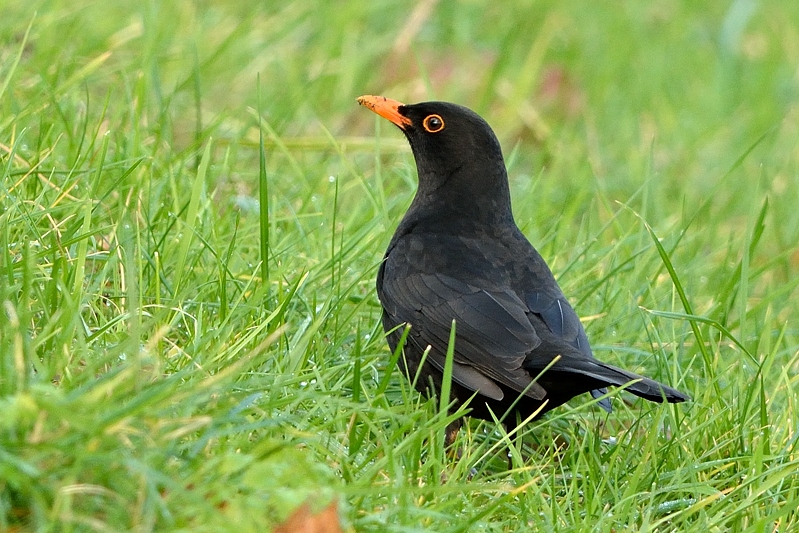Vogels om het huis
Ik heb een nieuwe nog grotere telelens gekocht, zodat de vogels nog dichterbij komen. Het is ook meer sjouwen. Om te wennen maak ik wat foto’s om het huis. Het valt al direct op hoeveel dichterbij de vogels zijn.
De nijlgans is nu beeldvullend. Het is mooi beest, al hoort hij eigenlijk niet in de Nederland thuis. Inmiddels zie je ze overigens overal, in de steden en op de weilanden. Een voorbeeld van succesvolle migratie.
 Nonnetjes
NonnetjesIn de vormen twee nijlganzen een grote canadese gans een praatgroepje. Ze vechten samen om brood, en grazen samen op het eiland voor het huis.
 Grote Canadese Gans
Grote Canadese GansOok altijd present zijn de kuifeendjes. In Nederland als geheel zijn er ’s winters zijn er meer dan ’s zomers, maar de vogels bij ons lijken er het hele jaar te zijn.
 Kuifeend
KuifeendTenslotte een merel. Een heel gewone vogel, maar door zijn zwarte pak nog niet zo makkelijk goed op de foto te krijgen. Hier zijn de kleuren mooi geworden.
 Merel
Merel